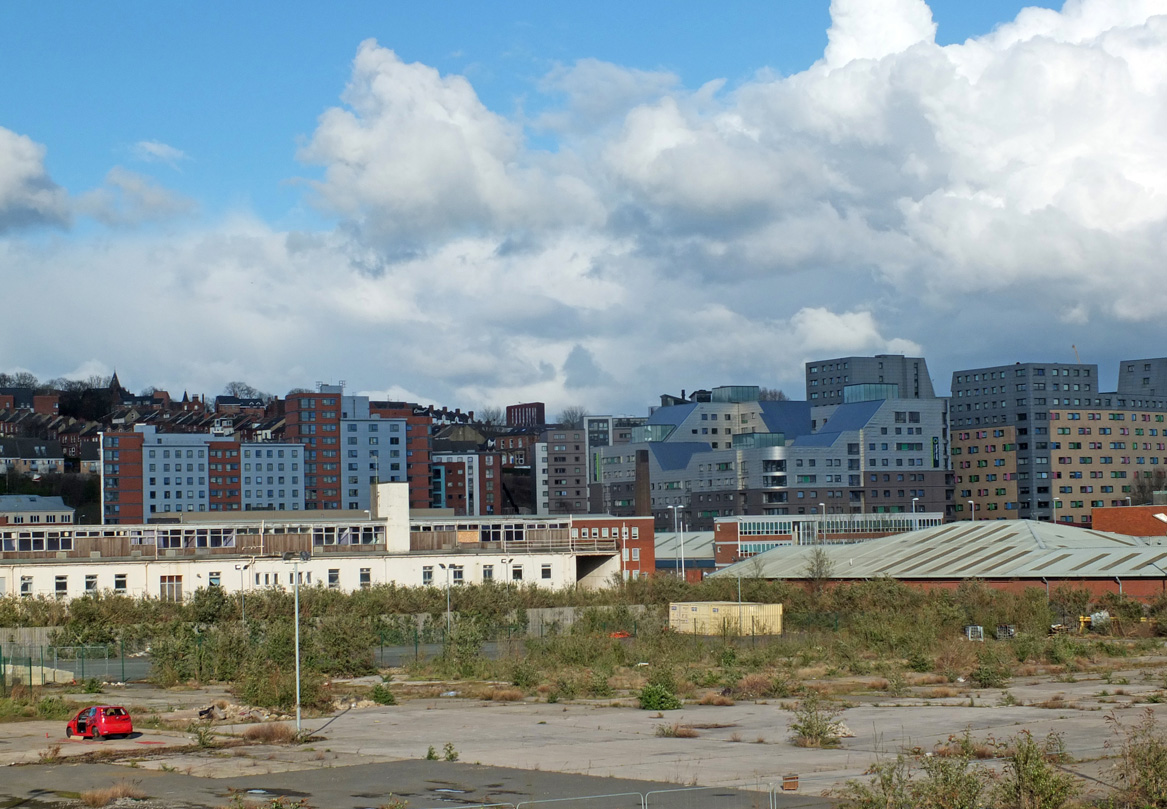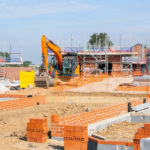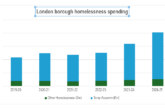Kingsley Clarke and Adam Sanford, Operations Leads at Southern Construction Framework, share advice on everything local authorities need to know about the Biodiversity Net Gain (BNG) rules.
The new mandatory Biodiversity Net Gain (BNG) rules were expected to take effect in England in November. They provide a much-needed change to Building Regulations to protect our wildlife and environment when undergoing building developments or refurbishments.
A National Biodiversity Network (NBN) State of Nature report in 2019 found that more species are decreasing (41%) than increasing (26%) over the last 50 years and the construction industry has had a significant impact on the biodiversity loss that has led to these alarming figures. It is the responsibility of the construction industry including frameworks like ourselves, to meet these requirements through ethical practice that focuses on the end goal — protect our planet for future generations.
Under the new regulations, there will be a requirement for at least a 10% net biodiversity gain from developers, either onsite or through the purchase of offsite biodiversity compliance units. Smaller sites will have an extra 12 months to prepare.
As part of the guidance, the Government has issued a list of statutory biodiversity credits, which means it will cost between £42,000 and £230,000 to purchase credits to offset one biodiversity unit. Costs are going to start adding up significantly so it will pay to plan ahead, so that you can meet the requirements comfortably.
Local authorities are in a great position to have a positive impact on local biodiversity with large land estates. It is the role of the construction sector, from developers, across the supply chain, and us as a construction framework to help our local authority partners to navigate the new requirements — using their local knowledge and our construction expertise.
In support of our local authority partners, SCF has set up the SCF Climate & Sustainability Working Group, which is a collection of contractor representatives with expertise in carbon reduction and sustainability. It is their job to monitor developments in legislation and best practice and in this article, we have shared a snapshot of some of their practical advice.

Location, location, location
BNG needs to be considered from planning and design right up to the 30-year guarantee management of the biodiversity at the site. It is a huge commitment and so it is worth considering opting for a refurbishment, which would mean an easing of BNG commitments because there is minimal effect of the biodiversity of the site.
Should there be a commitment to new-build however, then consider the biodiversity of the location in which you are building and also the neighbouring land. Plan your building where biodiversity is low or plan to build next to an area where you can integrate biodiversity and help it flourish. For example, you will have higher BNG requirements if you build on a wildflower meadow than on agricultural land, and still less on a previously developed site.
Be sure to consider features that enhance building user experience alongside the biodiversity of the site, such as picnic benches for staff, to promote the wellbeing of building users and integrate the features within the building users’ experience. It pays to think about those features at the beginning of a project, to secure the integration of the BNG beyond the initial build, maximising the sustainability
of the feature.
Look at the bigger picture
As local authorities are also landowners, there will potentially be lots of existing biodiversity opportunities across estates, such as school land, which can have educational benefits for students. Aligning BNG with your social value targets in this way is a win-win and can be a way to incorporate some of your biodiversity obligations.
It also pays to think beyond single projects and approach BNG in terms of the real estate pipeline and long-term strategies. Not only does it give you a more holistic view of BNG across the whole building portfolio, it means that you can plan ahead and get your consultant or project manager involved early.
There is some great advice and inspiration that can be found in the number of relevant networks through bodies like the LGA. They are a great medium for bringing people and organisations together to support local authorities. The LGA also has useful resources such as Biodiversity Net Gain now and in the future and Biodiversity Net Gain for local authorities, which you can access here: Biodiversity net gain now and in the future | Local Government Association. Rather than viewing BNG as a statutory requirement with a checklist for projects, use it as a platform for wider work and sharing best practice.

Time for a re-think
Now is a good time to re-evaluate local authority structures with BNG front of mind. Previously, green roofs for example were perceived as difficult to manage, expensive and need to support more weight. But a greener roof also offers biodiversity so it’s worth re-considering if that could create a net gain. Examples like this show a shift in thinking. Options that were previously ruled out as a potential solution or were perceived as off-limits are now worth revisiting.
Similarly, under the Building Safety Act, if your building is over 18 metres, construction becomes a lot more complicated in terms of regulations. But from a biodiversity perspective, building higher is better because you have a smaller footprint. Large, low-level buildings are going to become inefficient from a biodiversity perspective and so it may be more cost-effective to consider a smaller footprint or looking for a brownfield site to minimise initial biodiversity loss.
It’s good to talk
BNG presents an opportunity to work together to maximise the impact a building development can have on the local environment and community. It is important to open lines of communication with local planning authorities as they have the expertise to make sure you’re on track. They are going to be the teams with the final say on the new buildings and decisions about whether or not you are meeting your BNG-related requirements.
Crucially, rhey will be ensuring that the local authority honours its 30-year BNG commitment and we know that it is thinking long-term that sits at the heart of BNG. We also know that it is only by authorities working hand in hand with the local communities living and working in and around your development that BNG can be realised and maintained to preserve the flora and fauna within our broader ecosystems.
The Southern Construction Framework’s Six-Point Guide to Getting Started with Biodiversity Net Gain Compliance is available here: https://southernconstructionframework.gov.uk/a-six-point-guide-to-getting-started-with-biodiversity-net-gain-compliance/
You can access Southern Construction Framework’s Biodiversity Net Gain guidance here: https://southernconstructionframework.gov.uk/new-biodiversity-net-gain-guidance-launches/
Header image ©ceebeestock/AdobeStock










